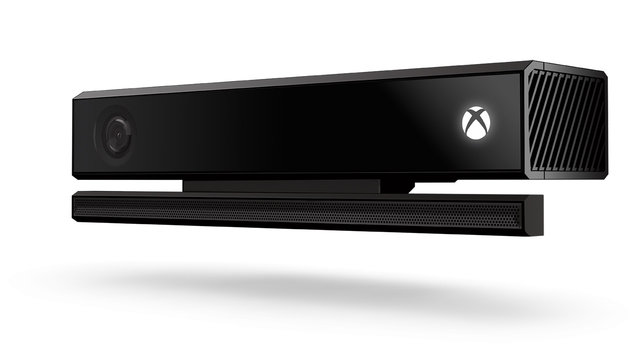Microsoft’s Interactive Entertainment Business vice president Phil Harrison believes that the real game changer for the Xbox One will be the second-generation Kinect camera. He sees it not just altering the way people play games, but also the way users experience all sorts of content on the console.
“The fundamental, most impactful thing is that there’s a Kinect in every box now,” Harrison said. “There’s the ubiquity of the platform having Kinect, whereas before it was always a subset. That made it difficult for developers to invest against 20 percent of the installed base or whatever it was. Having it as 100 percent – that’s a game-changer.”
“One of the things that I don’t think we truly understand the significance of yet is automatic identity through Kinect,” Harrison added. “If your wife or your daughter or your son or yourself starts interacting with the machine, it instantly switches to their choice of content, their profile, their personalization, their recommendation. That alone, that simplicity, is going to dramatically increase the number of people who want to interact with Xbox One.”

Harrison believes the content customization and Kinect user identification will allow an entirely new market of consumers to be reached, which is one reason for Microsoft not concentrating on the Xbox One as solely a gaming console. “By making it simple and instant and complete, it means we can get men, women, old, young to enjoy playing and interacting with the device,” Harrison said. “It’s not just about core gamers; although, they are incredibly important to our future. It’s also about finding entry points for all members of the household.”
While much has been made over the fact that indies can’t self publish, Harrison suggested things might loosen up in the future. “We like an element of curation in the content landscape and the content experience, but that is definitely getting more broadly curated than it has been in the past,” Harrison said. “I’m not sure I would describe it as closed versus open because that implies a more binary shift. I don’t think you can be partly closed or partly open. It’s more about curating content.”
Source: VentureBeat

